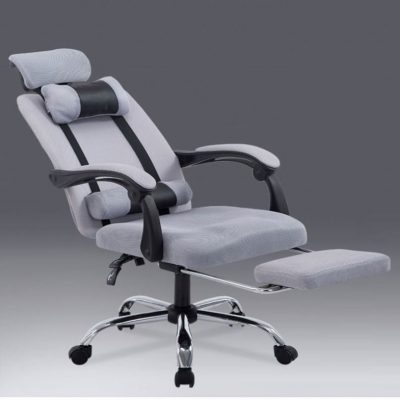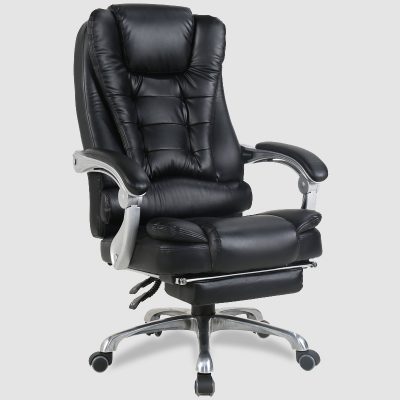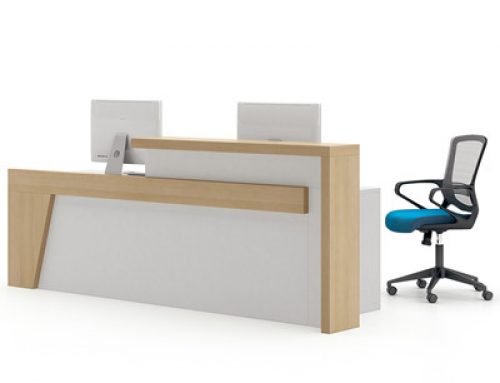Sitting comfortably in an office chair is essential for maintaining good posture, reducing strain, and staying productive. Here are some tips for finding and using an ideal office chair to ensure your comfort:
- Choose the Right Chair: Select a chair that meets ergonomic standards and suits your body size and shape. Look for one with adjustable features that allow you to customize it to your needs.
- Adjust Seat Height: Set the chair’s height so that your feet are flat on the floor and your knees are at a 90-degree angle. Your thighs should be parallel to the ground.
- Lumbar Support: Adjust the lumbar support to fit the natural curve of your lower back. Proper lumbar support prevents slouching and lower back discomfort.
- Backrest Angle: Set the backrest angle to support an upright posture. Avoid reclining too far back, as it can strain your neck and back.
- Armrest Height: Adjust the armrests so your arms are at a comfortable height and your shoulders are relaxed. Armrests should provide support without causing your shoulders to elevate.
- Seat Depth: Ensure the seat depth allows a few inches of space between the back of your knees and the seat edge. This prevents pressure on your thighs and improves circulation.
- Use a Footrest: If your feet don’t comfortably reach the ground, use a footrest to support your feet and maintain proper leg positioning.
- Keep Feet Flat: Keep your feet flat on the floor or on a footrest. Avoid crossing your legs, as it can affect blood circulation.
- Maintain Eye Level: Adjust your monitor or laptop to eye level. This helps prevent straining your neck by looking down or tilting your head up.
- Move and Stretch: Avoid sitting in one position for too long. Take short breaks to stand, stretch, and walk around to improve circulation and reduce muscle tension.
- Use Active Sitting: Consider using an ergonomic ball chair or a chair with a dynamic seat that encourages subtle movement while sitting.
- Distribute Weight: Sit evenly on both hips, distributing your weight to prevent discomfort or pressure points.
- Stay Hydrated: Drink water to stay hydrated, which can prevent fatigue and discomfort caused by dehydration.
- Breaks and Micro-Movements: Incorporate micro-movements like shifting your weight or doing gentle stretches while sitting. Take breaks to stand, stretch, or walk around every 30 minutes.
- Maintain Posture Awareness: Be mindful of your posture throughout the day. Adjust your chair and body as needed to maintain proper alignment.
- Personalize Your Workspace: Add ergonomic accessories like cushions, lumbar rolls, or seat pads to enhance your comfort further.
- Ergonomic Keyboard and Mouse Placement: Position your keyboard and mouse so your wrists remain straight and your elbows are close to your body.
- Monitor Placement: Keep your monitor at a comfortable distance, with the top of the screen at or just below eye level.
Remember that comfort is dynamic and can change over time, so make regular adjustments to your chair and posture. Prioritize your well-being by investing time in finding an ideal office chair and practicing good sitting habits.






